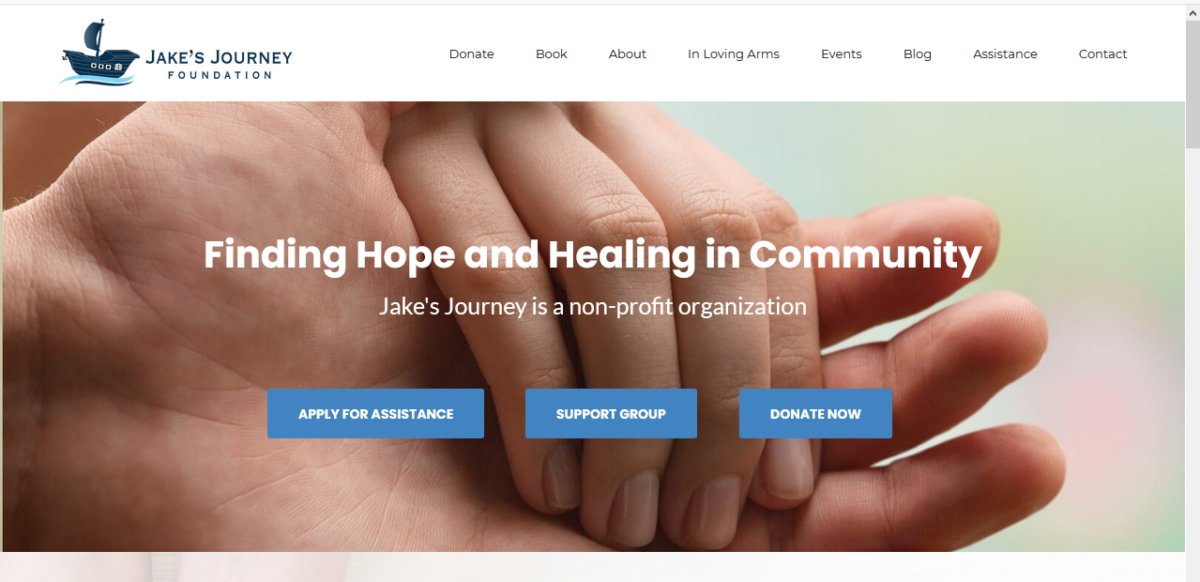I promise technology is not a language all it’s own even thought I think that some days. But tech folks do love Acronyms/Jargon. I’ll share two examples as insight into technical minds.
WYSIWYG — I had used this acronym for quite sometime before I understood the origins. To me it is simply the ability to enter content via text and then there is a toolbar to select things such as bold, italics or creating a link. I later learned it is What You See Is What You Get. I find this both odd and beautifully simple at the same time.
Hardening — As you can probably imagine, this word is used often at Dream Warrior Group since we have such an array of servers. My impression was that this was a precise series of steps to secure a server – which it is and we have a team of folks who do just that. But the actual origin of the word is much less process oriented: Hardening — to make the server harder to hack. This seems like it would be a great word to use in other cases like hardening my lawn (to make it harder for weeds to grow) or maybe I can harden my cell phone number (to avoid SPAM calls).
Anyway, I’ve come to appreciate the actual simplicity behind technology speak — it is very literal. I’ve complied a list of some common terms below and I’ll update it from time-to-time as well. And, if there’s one you’ve been dying to understand, Let me know and I’ll figure it out. — LaMae
SaaS – Software As A Service — This is typically a could based software application that you subscribe to rather than own. The advantage is that you do not have to host,manage or secure. The disadvantage is that you do not own it.
PaaS – Platform As A Service — While similar to SaaS in that it’s cloud-based, this is more goal-oriented and often includes many software tools combined in one ‘platform’. For example, Zoho software includes about 15 different software elements and if you subscribe to the platform – you can use them all.
CMS – Content Management System – This is the interface on your website that is the master controller for placement and display of content and can range from WordPress, a great general tool, to ARTdynamix(R) that has been specifically created for Arts Organizations.
WP – WordPress – The most used Content Management System that began as a blogging tool.
CRM – Customer Relationship Manager
AI – Artificial Intelligence
MA – Marketing Automation – It’s likely you have already used some form or marketing automation such as autoresponders in your Constant Contact account or thank you emails from your shopping cart.
CSS – Cascade Style Sheet – This is where your website gets a consistent look…a style sheet defines your design element in code format.
iOT – Internet of Things –
SEO – Search Engine Optimization – On and off-site work to make sure you name or offerings reach the top of the Search Engine.






